Boosting employee morale has become one of the biggest priorities for employers across the world. These unprecedented and trying times are having a big impact on employees’ mental and physical wellbeing.
As a consequence, many employees are struggling to stay motivated and productive. Therefore, organizations are looking for ways to bring back their people’s enthusiasm, confidence, and passion for their work.
In this blog, we will cover some of the best practices for boosting employee and team morale in the workplace even now when colleagues are physically separated from each other.
💡 Before we move forward, learn about how to build a better company with internal communication.
Employee Morale Defined
According to this dictionary, the definitions of morale is:
- moral principles, teachings, or conduct
- the mental and emotional condition (as of enthusiasm, confidence, or loyalty) of an individual or group with regard to the function or tasks at hand
- a sense of common purpose with respect to a group
- the level of individual psychological well-being based on such factors as a sense of purpose and confidence in the future
Therefore, employee morale is a mental and emotional condition or the level of confidence, empowerment, and enthusiasm employees have in the workplace. Moreover, employee and team morale also relate to the sense of purpose a group or an individual possesses.
🎧 Tune in to our podcast: Your Employee Engagement is Low. What to Do About It?
The Current State of Employee Morale
Even before this world crisis, organizations were aware of the importance of high employee morale and its impact on employee engagement, motivation, productivity, and loyalty. Today, however, they are faced with an extraordinary situation where people across the world are experiencing lower morale levels than ever before.
According to a survey of 2,278 HR professionals by the Society for Human Resource Management, 65% of employers say maintaining employee morale is a problem during COVID-19.
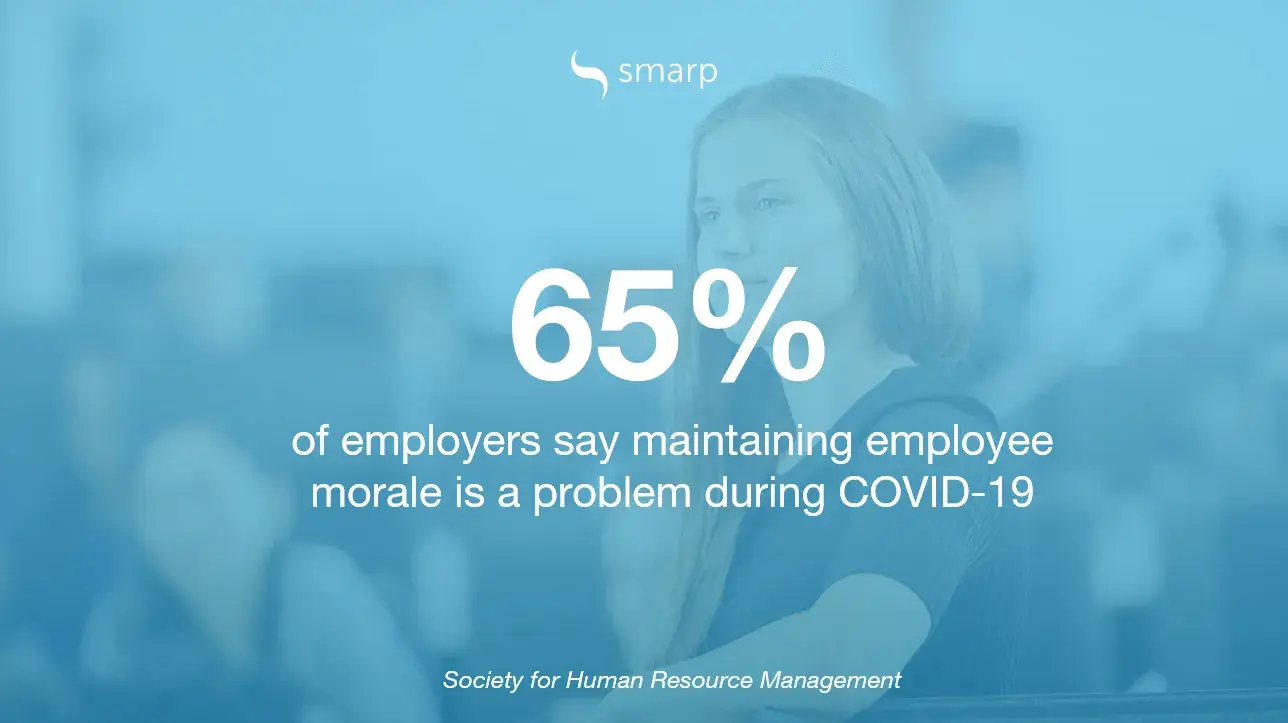
Employees who are not happy in their workplaces, who constantly complain about the various attributes in an organization, like employee policies, workload, workplace culture, facilities, and others, tend to have low employee morale.
Social distancing, workforce cuts due to company closures, remote work, and new restrictions across the world are some of the main reasons for a significant drop in employee and team morale in many organizations.
💡 Also learn about 20 ways to keep your remote employees connected and engaged.
9 Ways to Boost Employee Morale in 2021 and Beyond
How to boost employee morale? How to keep employees motivated and engaged with their work? How to ensure high employee productivity levels?
These are the main questions employers across the world are trying to answer today. Even though keeping employee and team morale is not an easy job, there are certain rules every organization should pursue.
Let’s take a look at them.
Improve and integrate digital workplace communications
Workplace communications is one of the main factors impacting employee morale. This is even more obvious today when digital communication channels have become the only mean of communication in the workplace.
Consequently, companies are investing their resources into implementing innovative internal communications solutions to facilitate the new ways of working.
Still, 89% of employees said disjointed digital communication tanks employee morale, lowers productivity, impacts customer satisfaction and the bottom line.

Furthermore, the same research shows that:
- 75% of customer-facing employees can’t effectively service customers due to disjointed communications technologies making it difficult to collaborate with coworkers, hindering productivity, and making them unhappy at work.
- 92% of employees say an integrated communications platform would enhance both the employee and customer experience, and improve customer satisfaction scores.
- 86% of employees agree that a seamless communications platform would increase company profitability and 83% of employees would stay longer with a company.
Engage the leaders to build and maintain trust
Building and maintaining trust in the workplace can go a long way in preventing low morale levels among teams and individuals. During this pandemic, we have seen a few examples of leaders dealing with hard situations using authentic and transparent communication.
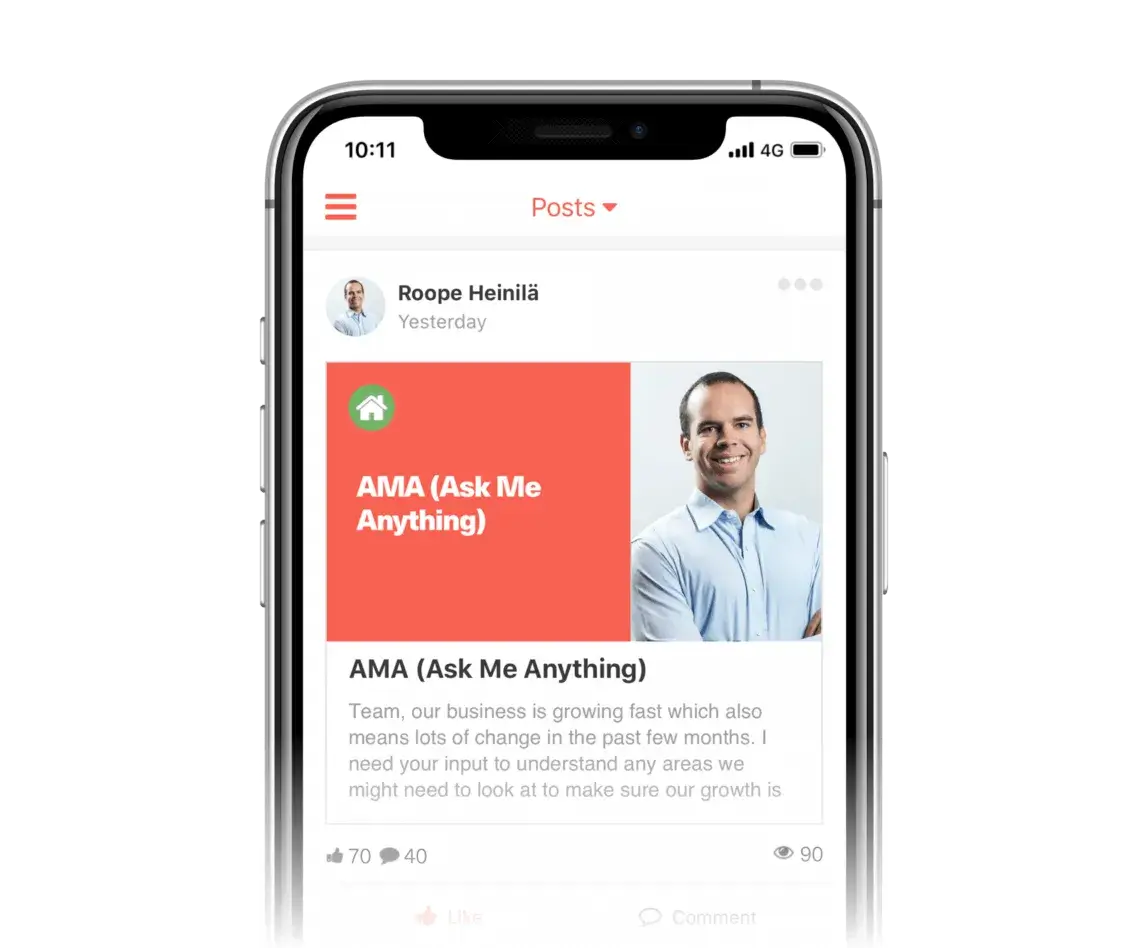
Instead of being quiet and trying to neglect the current situation, leaders need to step up and support their workforce in order to boost employee morale. Best leaders are the ones who understand the importance of being honest with their employees and the public.
Moreover, according to research, more than 82% of people are likely or much more likely to trust a company whose CEO and team engage on social media.

Improve access to important resources
In order to keep their employees safe and productive, organizations need to find more efficient ways for employees to access important information in a matter of seconds. The days when employees spent hours every week searching for relevant information are dead!
Moreover, information search is one of the biggest frustrations among employees causing significant drops in employee morale and engagement in the workplace.
Luckily, innovative employee communication solutions are built to serve as a centralized, single source of truth for every employee no matter their location and job function.
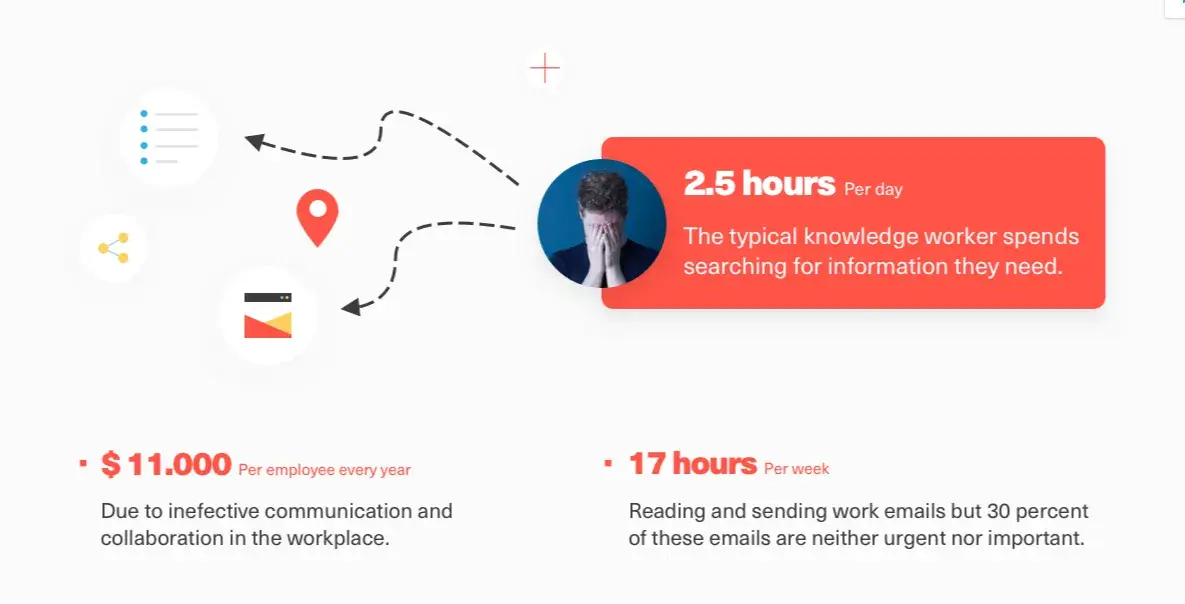
Show empathy
Empathy is an essential part of emotional intelligence, the ability to identify and manage one’s own emotions and be mindful of the emotions of others. Employee morale, engagement, and empathy are inextricably linked.
Moreover, employees are unlikely to feel respected, enthusiastic, and empowered in organizations that don’t show empathy. Yet 92% of employees feel empathy in the workplace remains undervalued. Moreover, while 92% of CEOs feel their organization is empathetic, only 50% of their employees say their CEO is empathetic.
Therefore, if your goal is to boost your employees’ morale, empathy is the way to go!
Support continuous top-down and bottom-up feedback
The best way to show empathy is by actively listening to what your employees have to say and making honest feedback a part of your company’s core values. Even though in-person interactions in the workplace have dropped significantly, employers need to find ways to keep their people connected with the right technology.
Managers and peers need to be able to seamlessly interact with each other and give each other on-the-spot feedback. Every employee wants to be heard, and it is managers’ job to encourage and support open and honest conversations with their subordinates.
The importance of active employee listening is the main reason why many organizations have started using employee engagement surveys. However, many of them are still struggling to reach every employee and collect their timely feedback. This is particularly true for deskless workers as well as those who don’t have access to company email. Here, mobile-first employee apps play a crucial role!
As Salesforce’s report says,
“Ensuring that employees’ voices are heard needs to be part of a larger push for equality and inclusiveness in the workplace.”
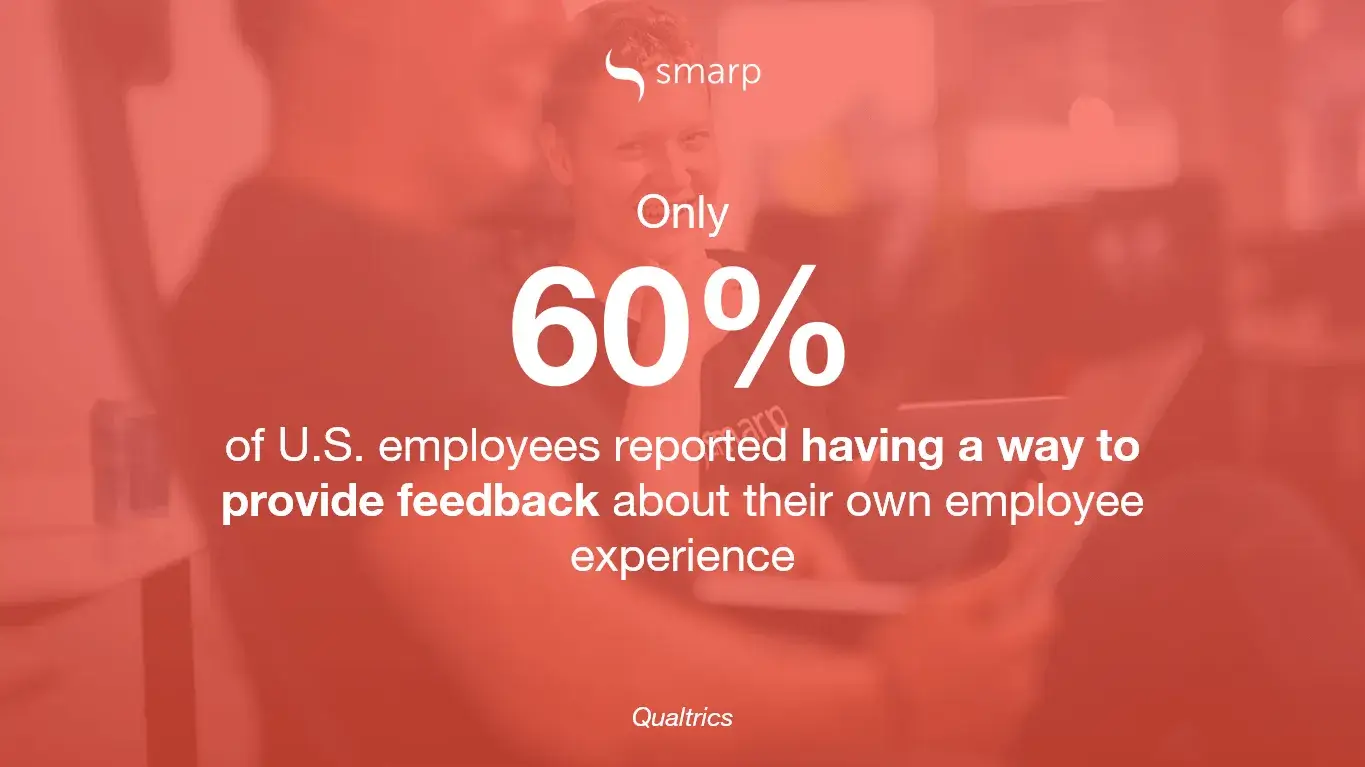
Increase flexibility and be more agile
To better support employees during these trying times, employers need to be more flexible and agile. Effective change management plays a crucial role here as implementing change within large enterprises is never an easy job.
However, being more flexible around working hours, locations, times off, and sick days has become a new normal. In order to make sure that your employees’ morale levels don’t drop, it is essential that you offer more flexible working conditions during this pandemic and beyond.
Encourage and support virtual bonding among peers
According to Buffer, over 30% of employees see loneliness and the inability to communicate and collaborate properly as the main downsides of remote work. Furthermore, 41% of employees confirmed that the biggest change due to COVID-19 was the way they communicate and collaborate with their peers.
It is on employers and managers to mitigate the consequences of this change by encouraging and driving virtual bonding activities such as virtual team buildings.
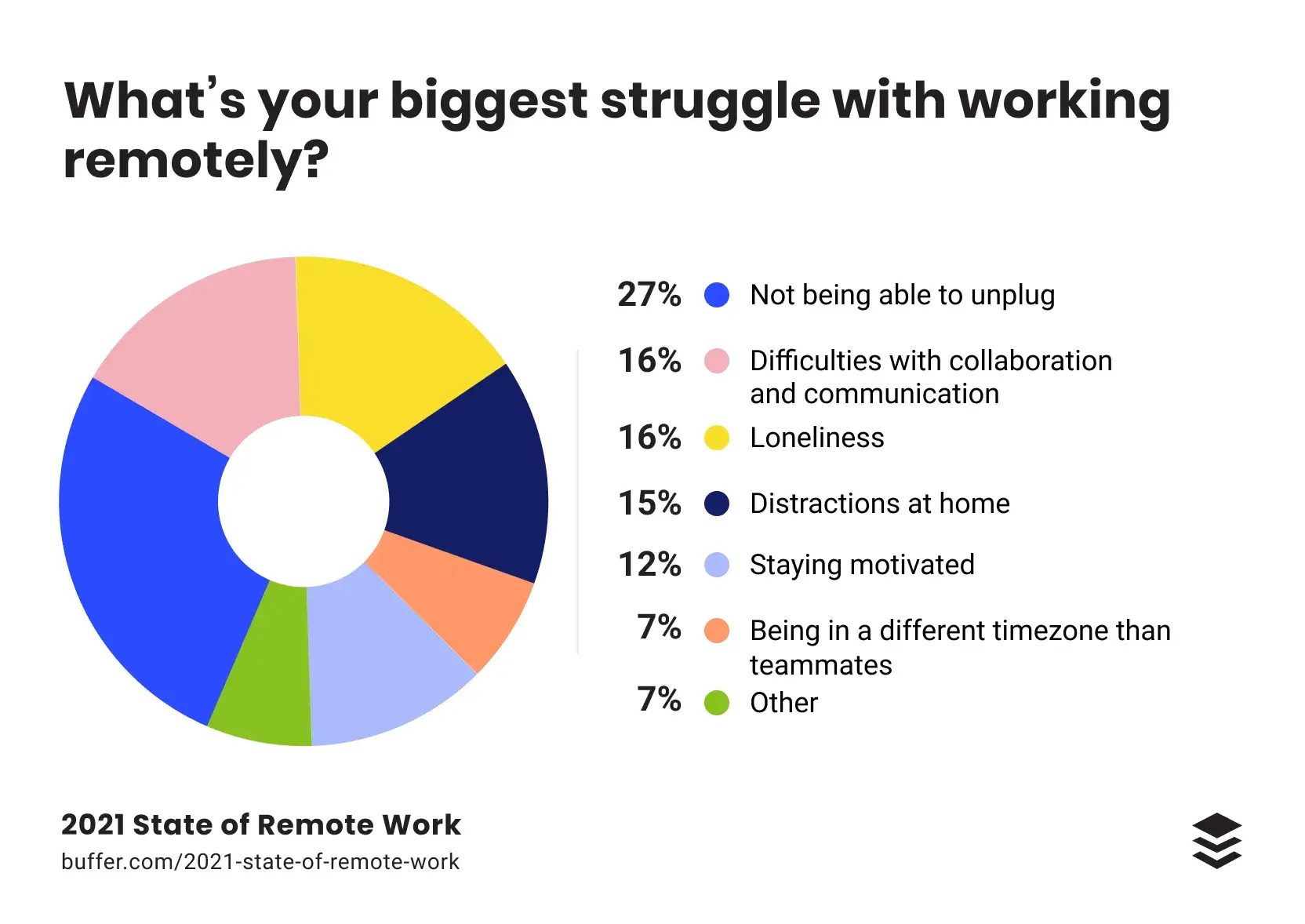
Focus on your employees’ wellbeing and work-life balance
Work-life balance is one of the most important factors impacting employee and team morale. Yet, the line between the two is getting more and more blurred.
Moreover, in Buffer’s research, a shocking 45% of employees said that they have been working more since the start of the pandemic. This is the reason why organizations are pursuing regular assessments of their employees’ mental and physical wellbeing.
This approach not only boosts employee morale by showing empathy, but it also enables employers to understand the current state of their workforce and act quickly.
Recognize and praise your employees
Every employee wants to be recognized and appreciated for what they do. However, lack of interpersonal communication between people can cause good work to stay unnoticed. Consequently, people start to forget or doubt their contribution to the company, which is one of the main causes of low employee morale.
These days, we are seeing a significant increase in employee advocacy, public employee praise, and inspiring employee shout-outs on social media. Employees have come together to share motivating stories from their colleagues and their organizations. Besides being an excellent morale boost, this is a great way to improve your employer’s brand.
💡 Learn more about the importance and benefits of employee advocacy in the workplace.
15 Signs of Low Employee Morale
In order to prevent low employee morale, it is important to understand and notice its indications. Even though not every person shows the same signs, there are certain characteristics visible among employees whose morale is dropping.
Here are some indicators of poor or declining employee morale in the workplace:
- Poor or infrequent communication among employees
- Poor of infrequent communication between employees and managers
- An increasing amount of absenteeism from work
- Hostile or argumentative behavior in the workplace
- Increase in employee complaints about small issues
- Increasing conflicts between colleagues
- Lower productivity
- Lower work quality
- Increasing customer complaints
- Low level of enthusiasm about one’s work and daily tasks
- Procrastination and increased tardiness with task delivery
- Uncooperative attitude and lack of teamwork
- High employee turnover rate
- Silence during employee meetings
- Opposing authority and lack of commitment
As seen earlier in this blog, proper employee communication, seamless team collaboration, and active leadership all play a significant role in keeping your employees’ morale high.









